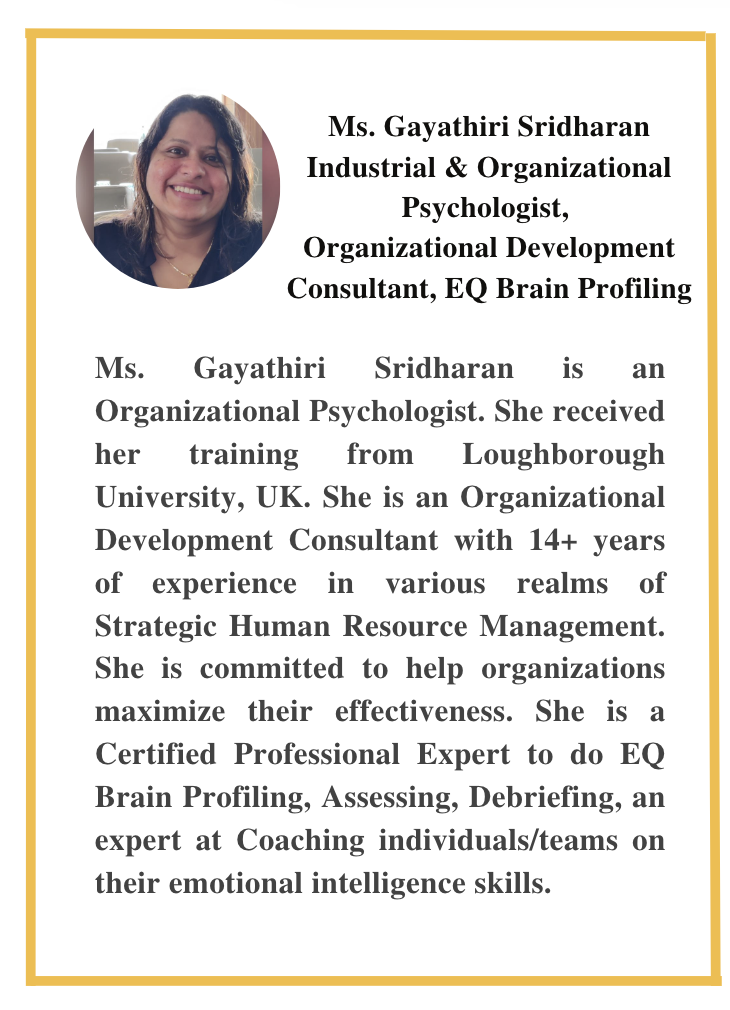It happened four years ago. But I still remember it as if it is happening right now Maybe I was so embarrassed that my brain captured a live video and saved it safely.
I was working with a start-up company as an HR and I was sent to Delhi along with my IT team of seven people to pitch our new product to our investors.
It was almost 12.45 pm and the meeting had already started by 12.30 pm. Even with the address details of the conference hall, we were getting lost in the multi-tower buildings. Being the month of May, the sun was scorching hot, and wearing suits and ties was taking a toll on us.
Suddenly the IT head turned to me and asked “ Did you check carefully? Hope you didn’t book room 404”. Everyone in the team laughed out loud but I stood like a dumb fellow”. The IT head looked at me perplexed and I looked back at him even more puzzled.
I kept thinking about what he said the entire meeting and when it was finally over, I grabbed a guy in the team and asked what he had meant. He laughed again making me more uneasy and then told me that room 404 is an error message one gets if he/she unknowingly visits a page that does not exist. It’s the internet’s way of saying you’ve reached a dead-end.
I still feel that the IT head should have known that he was cracking an IT joke to a non-IT person who may not understand it. But do you think it is just the IT head who does not understand his audience? Most of us do communicate like him and the researchers say that it is mostly due to the psychological effect called “The Curse of Knowledge”.
This effect was first demonstrated by Elizabeth Newton, a Ph.D. candidate at Stanford, in 19901. Newton arranged an experiment in which one person — a “tapper” — was asked to tap out the melody of a popular song such as “Happy Birthday”, while another person — the “listener” — was asked to identify it. Throughout Newton’s experiment, 120 songs were tapped out. The tappers assumed that their listeners would correctly identify about 50% of their melodies; they were amazed to learn that the listeners only got about one out of 40 songs correct. To the tappers, their melodies sounded clear, but the listeners heard no music, no instrumentation in their heads — only the muffled noise of a finger tapping on a table.
When it comes to the business world, employees, researchers, doctors, scientists, marketers, and customers, often need to communicate complex information but suffer due to the curse just like the tappers and listeners.
Are you wondering whether there is any possibility of lifting the curse forever? The answer is Yes.
Here are the simple 3 techniques you can use to be more successful in getting your point across to your audience.
Be Audience Centric
In 2001, Apple and Steve Jobs came out with the original iPod. The engineers were excited because it was going to be 5 gigabytes of data. It was very exciting for them. But if they came out with that message to audiences and customers, many may not have understood. So instead of stating 5 gigabytes, they said, “1,000 songs in your pocket.”
So, whenever you need to communicate, the first question to ask is, who is your audience? and what do they care about?
Make Data Relatable
The Center for Interest in Public Health, at one point, realized that movie popcorn had 30 grams of saturated fat. They were outraged, and they wanted to tell the public to stop eating movie popcorn. So they came out with the message of 30 grams but nobody cared. They understood that people didn’t get 30 grams. They decided to make the message more relatable. And so they went back. They hired some folks. And then came out with, “Movie popcorn has more saturated fat than a bacon and eggs breakfast, a hamburger and fries for lunch, and a steak dinner with all the trimmings combined.” After this message, people were outraged. Magazines like New York Times, CNN, and ABC, talked about it and later the industry was forced to change its ingredients2.
So, when you are communicating the message, making it relatable to what the audience knows will be a game changer.
Take Feedback
After spending decades creating comedy, The Daily Show’s co-creator Lizz Winstead still doesn’t know what will make people laugh. So, to understand her audience, She posts her joke on social media. When she receives at least 25 retweets in less than a minute or a high number of Facebook shares, she saves the idea and later develops the material for her audience3.
Always remember that the best way to get better at communication is gathering feedback from your audience and empathize with them.
References:
Newton, E. L. (1990). The rocky road from actions to intentions. Stanford University.
Heath, C., & Heath, D. (2007). Made to stick: Why some ideas survive and others die. Random House.Grant, A. (2017). Originals: How non-conformists move the world. Penguin.
About the author


